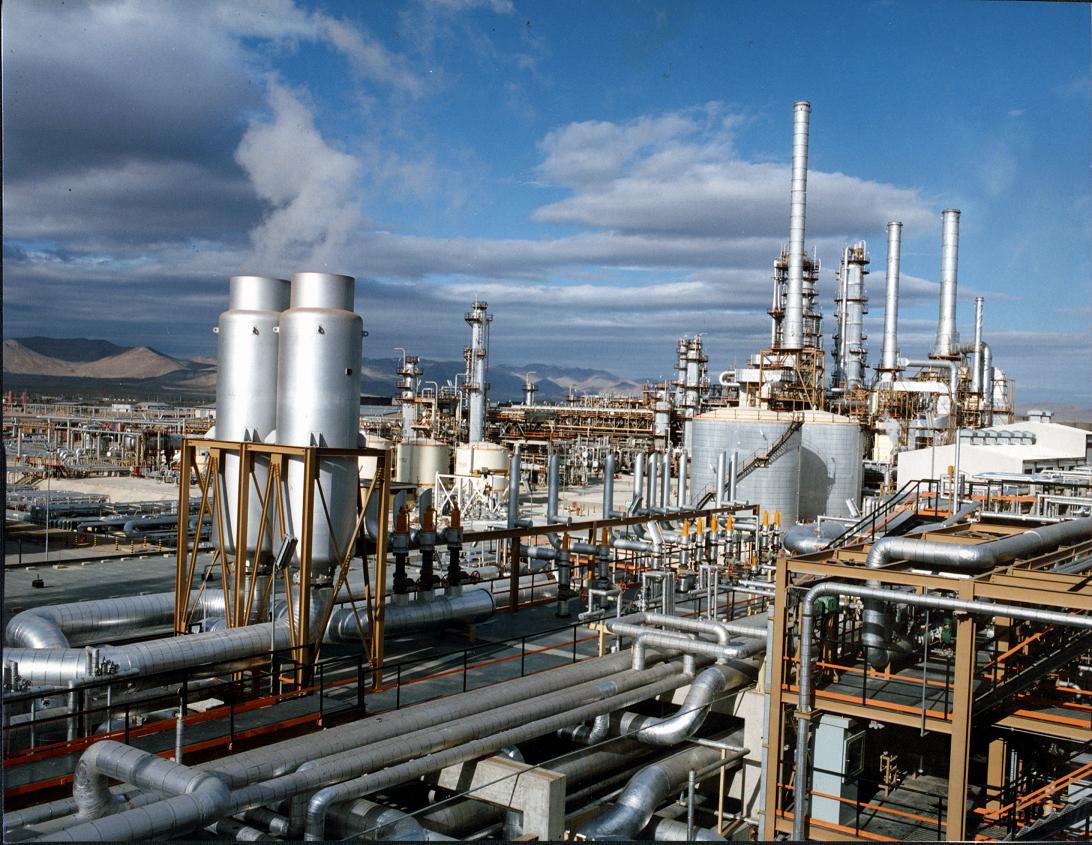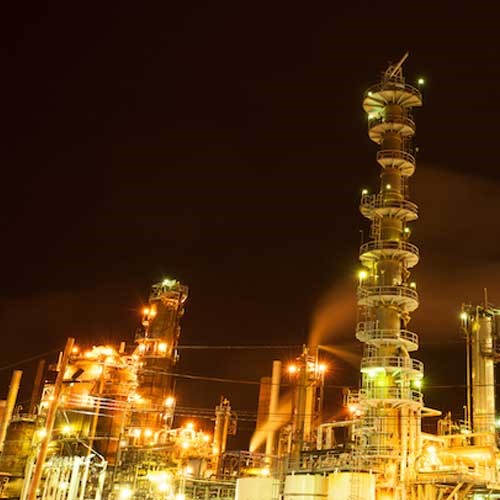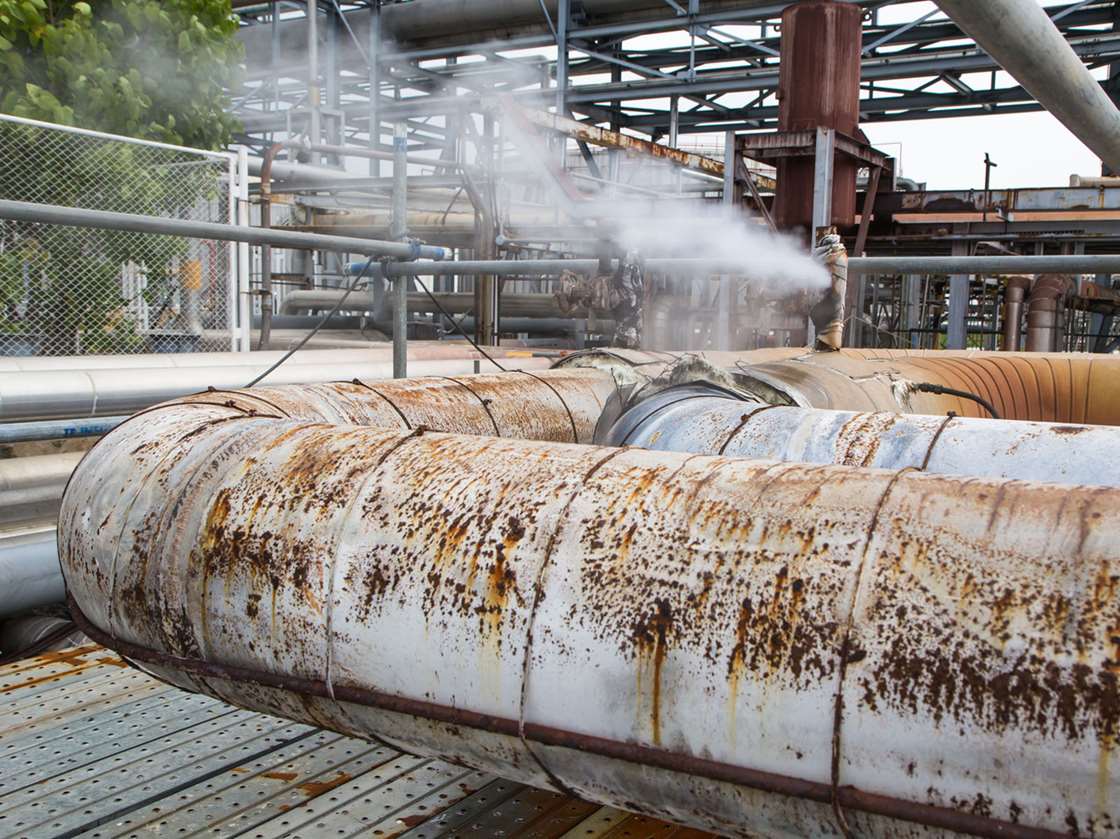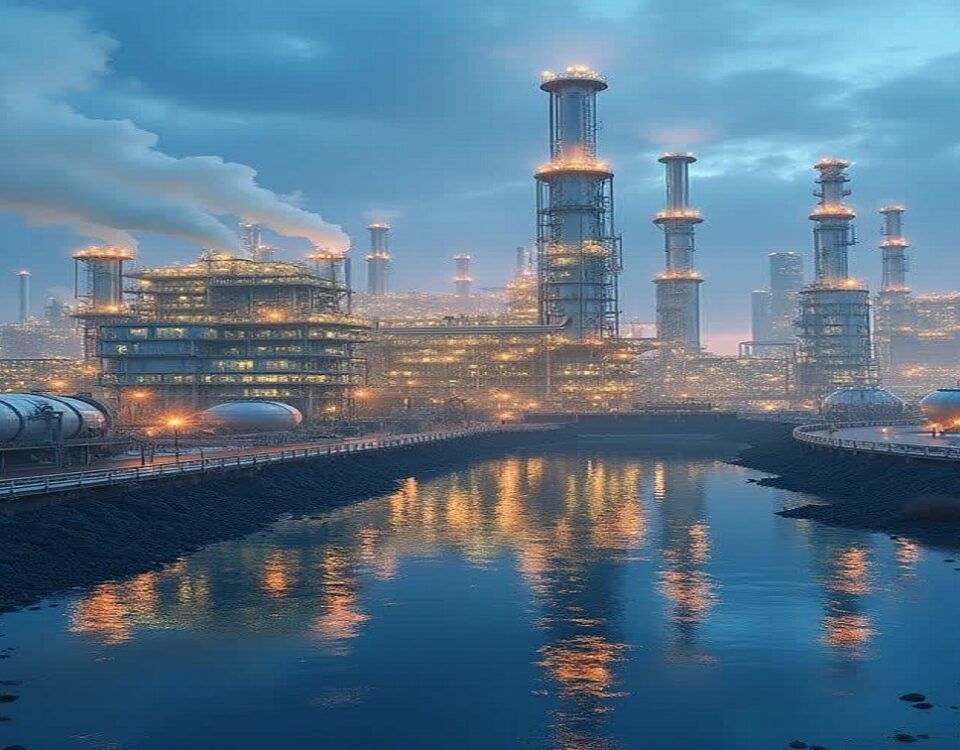
Carrying Out a Professional Comsol Project
مهر ۴, ۱۴۰۳
Optimization of Processes Using Artificial Intelligence
مهر ۴, ۱۴۰۳Introduction
The origin of gaseous fuels is different. Some are naturally occurring and others are prepared from the transformation of liquid or solid fuels. Their main useful composition is hydrogen, carbon oxide and methane, and sometimes heavier hydrocarbons such as ethane and propane are also present in them. Combustible gas always contains some inert gas such as nitrogen and Carbonic. Gaseous fuels are divided into two categories: natural gas fuels and synthetic gas fuels. Natural gas fuels include gases:
1) Natural, which is obtained from oil veins and their companions.
2) Grizo, which is emitted from coal mines and contains mostly methane. Sometimes there is a little bit of ethane and inert gases like CO2 and N2 in it.
Fake Gaseous Fuels Include the Following Types:
A) Coal Distillation Gas:
The main producer of this gas is methane and hydrogen, but there is a small amount of it. Its heat power is about 4200 to 4500 kcal/m3. The related gas used to be called lighting gas or city gas, but today city gas contains water gas, lean gas, oil gas, or natural gas.
B) Poor Gas or Air Gas:
The above gas is produced by gassing coke or coal with air or a mixture of air and a little water vapor. If there is only air on the solid fuel, the resulting gas contains CO, which is diluted by CO2 and N2, and its heating power is close to 1000 kcal/m3.They often add a little water vapor to the blown air, in which case the resulting gas contains some hydrogen, and its heating power reaches 1200 to 1300 kcal/m3. In this case, the gas contains methane and tar vapors that can be compressed.
C) Water Gas:
From gassing coke or coal with water vapor or a mixture of water vapor and oxygen. It is used as a fuel and mixed with other gases or as a raw material for some syntheses, and for this reason it is also called synthesis gas. Its heat power is about 2500 to 2800 kcal/m3.
D) Carburized Water Gas:
The available gas is a mixture of water gas and oil gas, and it is obtained from the evaporation of some petroleum products in the water gas obtained from gasification. Petroleum products are decomposed by heat and the resulting materials are added to water gas. By changing the type of oil and cracking conditions, the type of product can be controlled.
E) Long Furnace Gas:
This gas is similar to poor gas because it is formed by the effect of air on coke in the blast furnace and its hydrogen content is very low. Its thermal power is 800 to 900 kcal/m3.
F) Oil Refinery Gas:
As a result of distillation and cracking of petroleum products, a gas similar to natural gas is obtained. Natural gas is a fossil fuel that accounts for a significant portion of the global energy matrix. This change is due to the technical and economic benefits of using this energy source.
Natural Gas
Natural gas is a fossil fuel and is considered a non-renewable resource that is formed when layers of organic matter (mainly marine microorganisms) decompose under anaerobic conditions and are subjected to intense pressure and heat underground over millions of years. The energy that decaying organisms originally obtain from the sun through photosynthesis is stored as chemical energy in methane and other hydrocarbon molecules.
The term natural gas refers to hydrocarbon-rich gas. It is a gaseous fossil fuel found in oil fields, natural gas fields, and coal beds. The first recorded natural gas well was drilled in Fredonia, USA in 1821 by William Hart, known as the “Father of Natural Gas” in America. Recently, natural gas was discovered as a result of crude oil drilling exploration.

Natural Gas in Extraction Wells
Natural gas is often accompanied by oil and drives the oil from the soil to the extraction wells. When the mixture of oil and gas rises in the wells, the gas is released and takes the mixture to the top of the well. In oils that are not saturated with gas and are only under water pressure, the amount of dissolved gas is less, and in supersaturated oils, the amount of gas is more.
There are also veins that contain only natural gas and no oil. Most of the natural gas consists of methane, and besides methane, there are other gaseous hydrocarbons from C2 to C4 with different amounts, as well as higher hydrocarbons. Natural gas may be dry or wet.
Dry Gases
Dry gases contain less than 13.4 cubic centimeters of gasoline per cubic meter of gas. Wet gas gasoline is about 40.2 cubic centimeters per cubic meter of gas. Water with gaseous hydrocarbons produces crystallized hydrates, which have a complex composition, and during gas transfer, they close in the form of crystals like snow or ice in the pipes and valves and block the passage of gas.
It should be noted that normal butane and higher hydrocarbons do not form solid hydrates. For this reason, natural gas must be dried before transfer. If natural gas contains CO2 and H2S, they should also be removed because they cause corrosion.
Relationship Between Drying and Dew Point
Drying should be such that the dew point of the gas is below the lowest temperature of the gas path. Drying agents are used in liquid or solid form. Among the solid driers, activated aluminum oxide or activated bauxite is used the most and lowers the dew point by more than 50 degrees Celsius. To purify large amounts of gas, they use a continuous method called hypersorption.
Drying should be such that the dew point of the gas is below the lowest temperature of the gas path. Drying agents are used in liquid or solid form. Among the solid driers, activated aluminum oxide or activated bauxite is used the most and lowers the dew point by more than 50 degrees Celsius. To purify large amounts of gas, they use a continuous method called hypersorption.
In this method, the activated charcoal goes down through a series of containers. In the first container, the charcoal is cooled in the first stage, then the charcoal enters the surface adsorption area and harmful substances are absorbed on it. The coal passes through other areas where it gradually gives back the absorbed hydrocarbons and in this way relatively pure products are obtained.
Properties of Natural Gas
Natural gas in its pure state is colorless, amorphous and odorless. It is a combustible gas and produces a significant amount of energy when burned. Compared to other fossil fuels (coal and crude oil), it is considered as a clean and environmentally friendly fuel.
Combustion of fossil fuels, other than natural gas, leads to the release of large amounts of compounds and particles that have negative effects on human health. However, during natural gas combustion, sulfur dioxide emissions are negligible and nitrogen oxide and carbon dioxide emissions are lower, thereby helping to reduce problems associated with acid rain, the ozone layer, or greenhouse gases.
The Importance of Acid Gas Removal from Natural Gas
The removal of acid gases from natural gas, commonly referred to as acid gas treatment or gas sweetening, is an important industrial process. Natural gas has different amounts of CO2 and H2S impurities based on its origin.
CO2 has a very low calorific value. On the other hand, H2S, even at low partial pressures, is a toxic and highly corrosive gas. Therefore, both of these gases must be removed from raw natural gas.

Sulfur
Sulfur is one of the most common impurities in crude oil. In oils, fuel, etc., the presence of sulfur compounds is undesirable and may cause various problems during refining as well as in their commercial use. Existing sulfur compounds can be divided into four main groups: mercaptan, sulfide, disulfide, and thiophene.
Increasing demand for fuel oil and decreasing reserves of sweet (low-sulfur) crude oil exploration have increased drilling for sour (high-sulfur) crude oil. Sulfur occurs naturally in crude oil in the form of free elemental sulfur or organosulfur compounds. These compounds in the oil can be acidic or non-acidic in nature.
The amount of sulfur in the atmosphere can also lead to a decrease in the population of wildlife, birds, mammals and insects. The rate of corrosion of metals and other materials also increases due to the presence of sulfur in the air. In addition, the presence of sulfur compounds also causes the formation of deposits in the engine of diesel fuels.
Removal of Sulfur Compounds in Fuel Oil
The biggest challenge faced by oil refineries is the removal of sulfur compounds in fuel oil. Sulfur compounds found in fuel oil such as gasoline and diesel react with oxygen in the atmosphere during combustion and produce sulfur oxide gases (SOx). These sulfur compounds resulting from the reaction with oxygen in the atmosphere may cause various health problems and environmental effects.
Therefore, several new methods and technologies have been created, such as bio desulfurization, hydrogenation desulfurization, oxidative desulfurization, oxidative desulfurization with the help of ultrasonic waves, extractive desulfurization, which are examples of new and less common methods that are being investigated and researched in the field. Sulfur removal.

Comparison of Different Processes to Prevent Eelemental Sulfur Deposition in Natural Gas Pipelines
From the studies, the main processes found include the technology employed in NGPUs, so-called desulfurization units. These technologies are often used to remove H2S and recover elemental sulfur from gas streams.
According to Santana and Machado (2014), H2S removal methods may be divided into two categories: physical and chemical methods, such as dry chemical adsorption (iron oxides, activated carbon, etc.) or chemical adsorption of oxidants, alkaline solutions and chelates. metals; and biological methods such as biofiltration with microorganisms.
According to Silva Filho (2009), more than 30 processes are currently available to remove H2S from gas streams. The author states that although process selection is related to the concentration of this pollutant in the feed stream, factors such as pressure and temperature operating conditions, selectivity required for H2S removal, environmental regulations, and sales specifications must be considered according to Rahimi et al. (2015) process parameters, such as composition conditions or temperature and pressure at the inlet and outlet of the gas stream, affect the choice of sulfur compounds removal method.
Conclusion
In this study, a review of gas flow desulfurization methods as alternative solutions to the problem of elemental sulfur deposition in pressure drop points and measuring equipment in pipelines was conducted. The results showed that absorption methods are the most suitable methods to help remove elemental sulfur. Because they are able to remove different sulfur species such as S8 even at low concentrations in the feed stream. Adsorbents such as zeolites, iron oxides, zinc, and activated carbon show potential to solve the problem and should be studied under better pipeline-related operational scenarios.

